Timeline of Afghanistan takeover by Taliban
Following more than two decades of conflict, the Taliban took over Kabul, seizing power again in Afghanistan. These events occurred at key times after International actions and strategic actions by the Taliban.
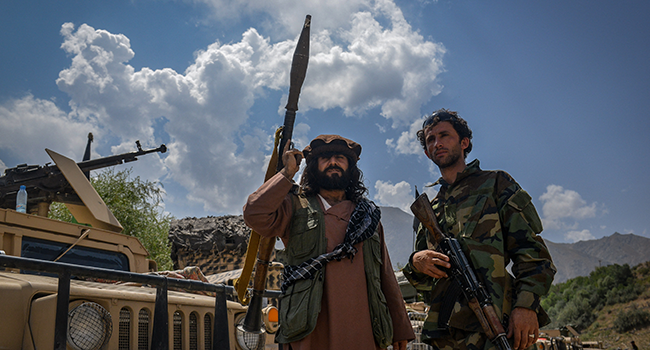
Following two decades of conflict, the Taliban took over Kabul, seizing power again in Afghanistan. These events occurred at key times after International actions and strategic considerations by the Taliban.
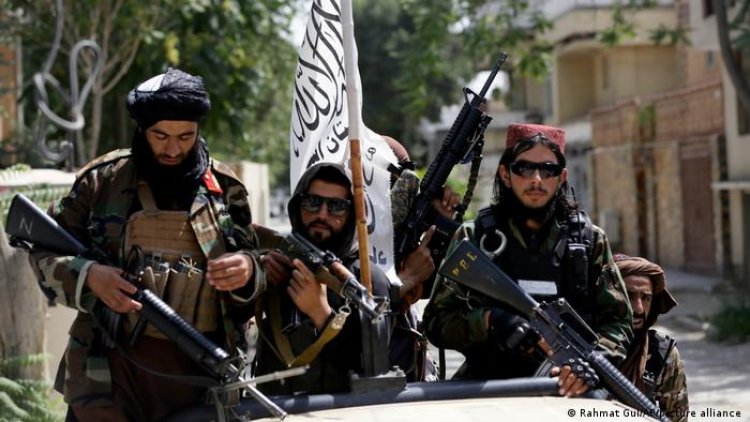
Source: DW.com
The 26th of September 1996 is a vital point in the Taliban's timeline as they took over Kabul and executing the former president Najibullah. In the years that followed through to 1998, the Taliban imposed their rule on most of the country after gaining control. The United Nations Security Council intervened in 1999 by instituting terrorist sanctions on Al-Qaeda and the Taliban.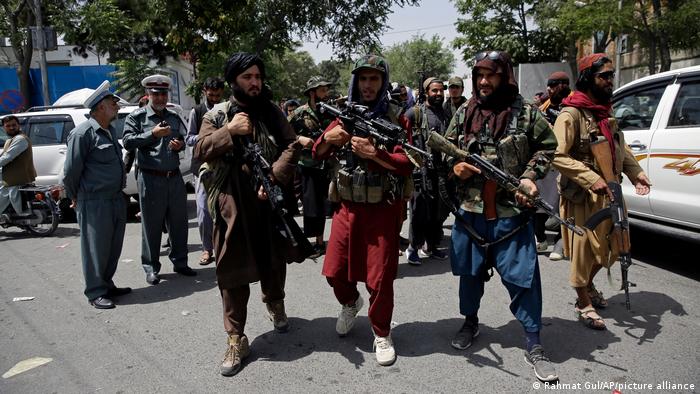
Source: DW.com
The U.S. perpetrated an invasion in October 2001, their efforts saw the Taliban regime overthrown as the Taliban fled south in November and December of the same year. The years that followed till 2005 experienced relative stability, highlighted by the presidential elections in 2004 and the opening of parliament in 2005. The Taliban reemerged in 2006 seizing southern Afghanistan territories. Consequently, the United States increased its military presence.
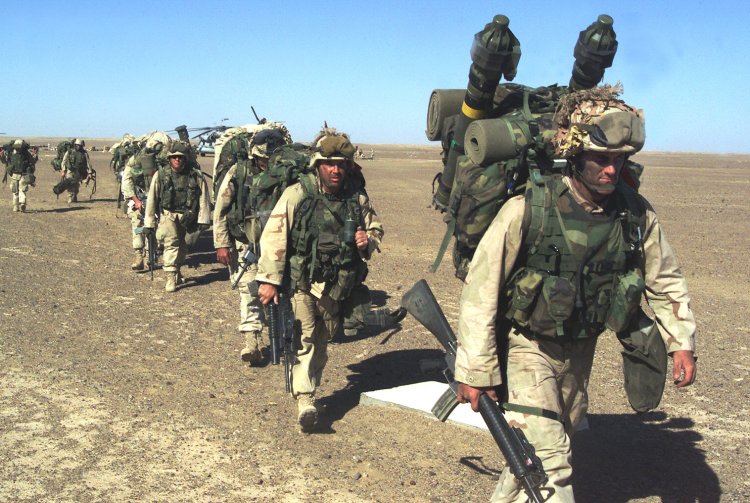
Source: Wikipedia
In 2013 NATO forces withdrew, leaving security operations to be handled by the Afghan army. The latter months of 2014 saw NATO and U.S. forces end their combat missions formally. The Taliban remained resilient in their ambition to take over Afghanistan in the years that followed by instigating violent measures such as attacks on Afghan, U.S. forces, and civilians. 2020 marked a strategic year for two warring parties as the Taliban and the U.S. sign a peace agreement with terms for each side. The Taliban were to cease attacks on Americans and the U.S. to withdraw their troops.
The current year, 2021 marked key points in the Taliban's complete takeover. Following U.S. president Biden's confirmation to withdraw troops from Afghanistan in April, the Taliban increased operations in May, gaining territory fast in May. The U.S. troops leave their strategic hub for their operations, the Bagram Airfield, in July. Subsequently, with minimal resistance, the Taliban took over major cities in Afghanistan in August. On the 15th of the same month, the Taliban launched an offensive taking over Kabul, President Ashraf Ghani fled the country on fears of increased bloodshed. The Taliban asserts that the 31st of August is the deadline for evacuations and the U.S. president following discussions with G7 counterparts' claims that U.S. evacuations will be through by the 31st. Despite their takeover, violent actions continued, with the most recent being a suicide bomb attack outside Kabul Airport, killing many civilians and U.S. service members.
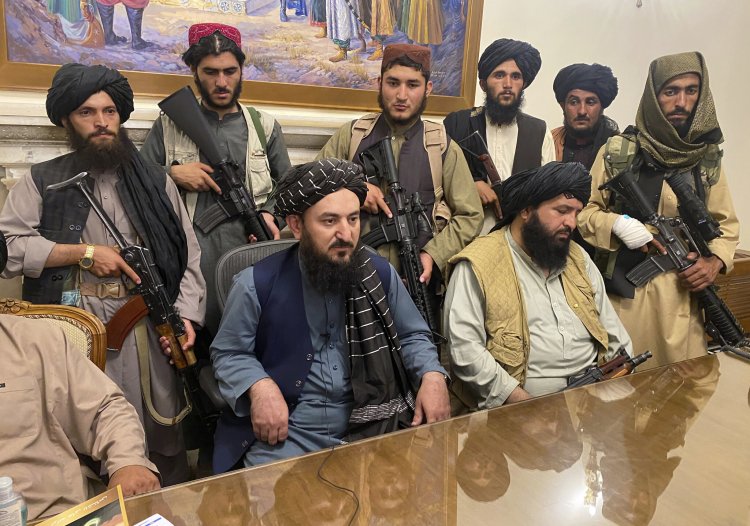
Source: Times of India
Mixed reactions are still felt in the international arena after the Taliban's takeover. China announced that it is ready for deeper talks with the Taliban about cooperative and friendly relations. The European Union policy chief Borrell claims that the E.U bloc will have to engage in discussion with the Taliban, while Vladimir Putin, Russia's president, calls to action the global community to prevent further adverse effects after the Afghanistan scenario. Fear and uncertainties are still present, shown by Joe Biden's announcement on Saturday, August 28, 2021, that there is a probable impending attack on Kabul airport in the next day or day and a half. Countries are still ongoing with the evacuation processes as other countries are preparing to host refugees, such as Uganda has accepted to temporarily take 2000 refugees.



























